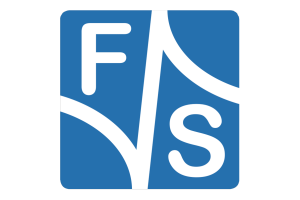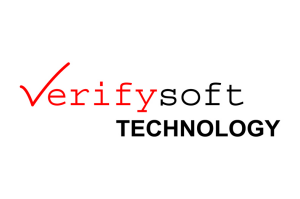Sentiment in the Semiconductor Industry
Between Hope and Fear
If you ask semiconductor manufacturers what they think of the current market trend, they all agree: demand is rising - at least in the long term. But there are also risks.
The trend towards more electronics in vehicles is unbroken, explains Jürgen Weyer, Vice President Automotive Sales EMEA of NXP Semiconductors: "Even if the actual growth in unit numbers in the automotive industry is between 2 and 3 percent, the demand for semiconductors is rising significantly faster.
And Raphael Hrobarsch, Sales Manager Automotive Europe and Sales Manager CEE of Diodes, gives simple examples that support Weyer's statement: "There are still many vehicles equipped with DC motors with brushes. However, a change to brushless motors is currently taking place and each new brushless motor requires 6 to 7 MOSFETs."
Increasing demand: not only in the automotive industry. Dr. Bernhard Rauscher, Vice President EMEA Region, Managing Director of STMicroelectronics, reports similar things about smartphones. He does not expect the growth rates of the past years, but there should be growth. Hans Adlkofer, Vice President Head of Automotive Systems Group at Infineon Technologies, points out that the following applies in all areas: Growth is not driven by unit numbers, but by innovations.
However, this does not mean that the industry is currently running really smoothly. Norbert Siedhoff, Managing Director of Microchip Technology, points out that many semiconductor companies are predicting shrinking sales for the current quarter. Although some of this is seasonal, the expected decline is higher for many than last year. Siedhoff: "I already see a dent in the market at the moment. And I have heard from conversations with customers that most people assume that the first quarter of 2019 will remain weak. Only in the second quarter should the curve turn again and in the third quarter will it go up again."
From the point of view of Dr. Ulrich Giese, Senior Director Automotive Solution Business Unit at Renesas Electronics Europe, this is typical for the semiconductor industry. "If there is a phase of allocation, there is always a dent afterwards," Giese continues. But the dent doesn't just seem to be seen by semiconductor manufacturers. Thomas Rothhaupt, Director Sales & Marketing at Inova Semiconductors, refers to the equipment industry, which is typically an indicatorof the situation for the semiconductor industry. "ASML is also somewhat more cautious with its outlook," says Rothhaupt.
Sales growth is therefore expected in 2019, but there are a whole lot of uncertainty factors. From a European perspective, this naturally includes Brexit. It is not even clear yet whether the House of Commons will approve the negotiated contract. Of course, Italy also plays an important role in Europe. Many are convinced that an economic crisis in Italy would hit the euro much harder than the crisis in Greece. Another very important question, of course, is whether the 10 percent tariffs in the USA should remain on imports, or whether they should really rise to 25 percent. It is also questionable whether China can maintain its growth.
If all fears materialize, "then of course we already have a problem," says Adlkofer, but he considers it rather unlikely. "If all the negative factors come together and further problems arise, we can only hope that we will not have to experience a second edition of 2009," says Siedhoff.







